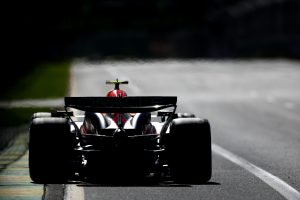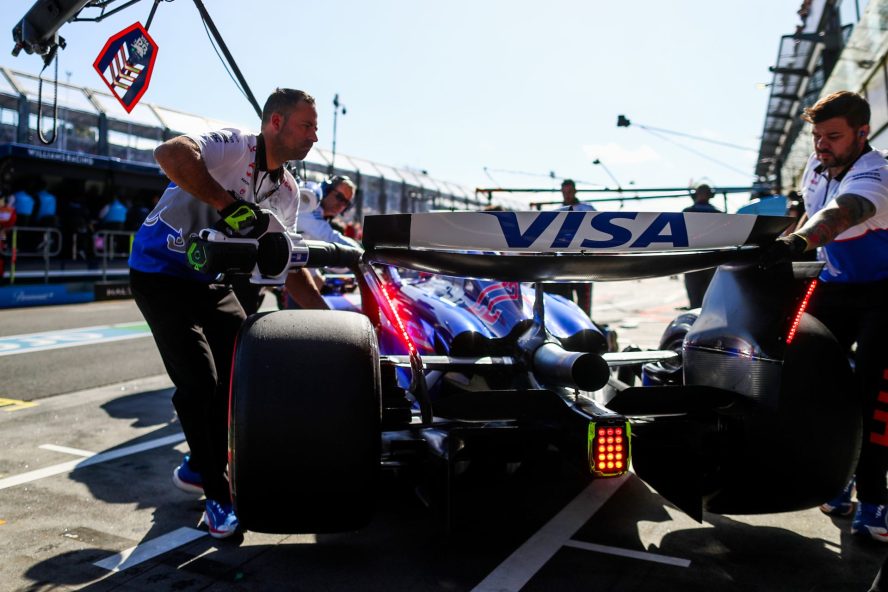Latest Episode | Cut To The Race Podcast
The proposed active aero concept for F1’s 2026 regulations is in crisis after questionable simulator results.

F1 continues to prepare for its 2026 technical regulation changes, which will dramatically alter the car’s power delivery. The MGU-H will be removed, part of changes to equally split power between the internal combustion engine and the battery.
Active aero is a vital element of the 2026 car, working in tandem with the 50/50 power split. The idea is to have the front wing flex and move to suit cornering or when on a straight. While working with DRS, a high-speed downforce configuration will be available in corners, with a low-drag configuration on the straights. Initially, plans were drawn up for only the rear wing to be moveable as a simple solution.
However, as reported by motorsport.com, teams have discovered significant issues with the simple model. Simulator testing has exposed almost uncontrollable cars when in low-drag configuration.
Drivers spun out while on straights, and even a small amount of steering application resulted in losing control of the rear in corners. The cause of these issues is the car generating a shift in aero speed three times that of current DRS levels. While slowing down did help correct this imbalance, lap times slowed to comparable times with current Formula 2 cars.
FIA troubleshooting
The FIA has now become involved, visiting teams to understand the severity of the problem. Following its investigation, the FIA wants to implement active aero on both the front and rear wings.
Having both wings move will act as ballast for the travelling air. This will offset the immense power caused by the increase in airflow. The target deadline for the new regulations is the end of June.
Red Bull Racing CEO and Team Principal Christian Horner expressed relief that teams were being consulted on the problem: “I think there’s been some good progression. I think that the FIA have taken on board some of the feedback and some alterations have been made.”
“We’re waiting for the chassis regulations, which will be a fundamental part of the 2026 package now and how that interacts with these power units.” “The various working groups are working hard on that and it’s important that we conclude something in the near future.”
When asked about the findings from the team simulator, Horner said, “The rules are the same for everybody at the end of the day. “So, it’s how you apply them and translate them. I don’t think we’re afraid of whatever the rules will be, as it’s the same starting point for everybody.
“When they’re finalised, that’s when we’ll no doubt discover whatever issues there are with the rules, but that’s no different to any other regulation change.”
Feature Image Credit: Red Bull Content Pool/Getty Images



